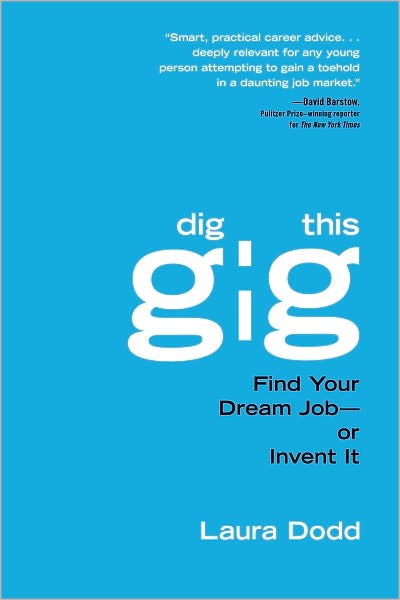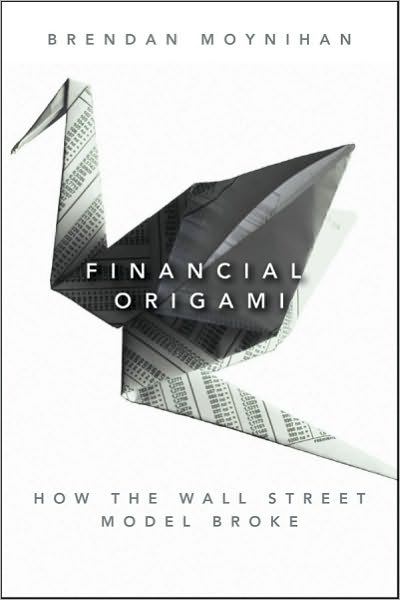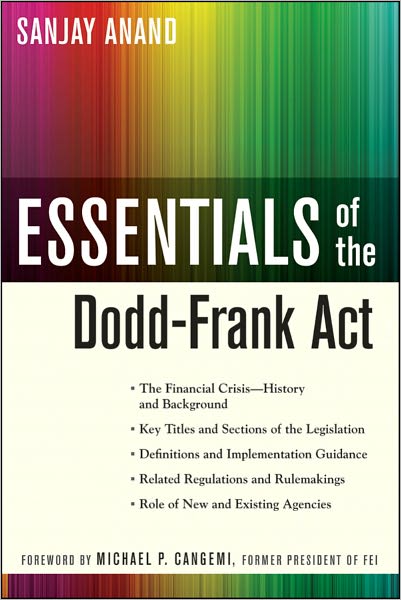I can’t place it, but when I was 5 years old or so, sometime in 1966, my Mom showed me The Milwaukee Journal, and pointed me to an entry for Litton Industries preferred stock.? She told me that I owned some shares of the stock, and that it was good for me if the stock went up, and bad if it went down.? This was repeated two years later with shares of Magnavox common stock.
Both ended up being large losses, and I puzzled about it when I was young.? It did not dent my confidence in the markets because my Mom was such a good investor, looking for? growth at a reasonable price.? And to me, 10-18 years old, watching Wall Street Week with Louis Rukeyser on Friday nights, I gained insights into the markets, and began to appreciate the wisdom of my mother.? The 70s were a tough time to gain a love for the markets, but I played around with paper portfolios until 1982, when I did my last paper portfolio, before heading of to grad school.? (Value Line helped — if you have time, curl up with it and look for neglected companies that offer promise.)
Before that, I took one of my Mom’s former favorite stocks which had dipped, James River, and used it in a class at Johns Hopkins, and made a case that an acquisitive paper company could be a good investment.? My case was good to my professor, Carl Christ, “I never heard of this corporation before, what a great company.”? And my Mom, who had sold out of the company, reconsidered and bought again at a lower price, making money until the firm itself was bought out.? (Hey, gotta help with the tuition.)
The paper portfolio that I created in August of 1982 proved to be fun for my students when I was a TA at UC-Davis in Corporate Financial Management.? I mentioned the portfolio in class, and a subset of students asked to see it.? By the time the class ended, the market was up 20%, but the portfolio was up 40%.? By this time the professor had heard about it, and he said, “Oh, you have a portfolio with a beta of two.”? I tried to explain to him that the beta estimates of the portfolio were much lower than that, and that I had “bought” the names cheaply.? but to no avail… once the religion of efficient markets takes hold, no amount of? facts will prevail.
Then there was the Value Line contest around 1984-1985, where I was in the top 1%, but missed the top 25.? I used the top 100 from Value Line (Timeliness Rank 1), but screened them for value in their volatility buckets, as the contest went.? To this day, I think that stockpicking contest was the best ever designed.? If I ever get wealthy, I want to do a series of such contests, using the same principles.
After that, I married my wonderful wife Ruth, and began investing for real, first with mutual funds, and then with individual stocks.? But I failed to follow through in one way — I bought penny stocks through a “bucket shop” and lost a moderate amount of money, which fortunately was dwarfed by the purchase of a home in Davis, CA at just the right time, such that two years later when we had to leave for a new job (AIG), we had made 4x our capital, net of CA taxes.
Then my Mom gave me a copy of Ben Graham’s “The Intelligent Investor,” and my life changed again.? I spent the next seven years analyzing small company value stocks in the midst of a market that favored large caps, and growth.? Still, my picks were good, and kept up with the S&P 500 (beating the Russell 2000 Value by 5% per year).
I appreciate the past, and use the lessons for growth today.? Mom, she keeps investing well, though she has more of a desire for yield today.
Today I think my best skills are company and industry analysis.? Yes, I am a quant, and can design clever ways to outperform the market with some probability, but prefer my own insights to mathematical likelihoods.
As for what I wrote yesterday, I prefer my own stock investing to moving between equity and debt markets, because my alpha exceeds that of the switching strategy, at least for now.? Volatility is higher, but I am in Buffett’s camp, where I will take a noisy 15% over a calm 12%.
=–=-=-=-=-=-=-=-=-=-=-=-=-=-=-=-=-=-=-=-=-=
I did not bump into investing as an adult, but had to wrestle with it as a child.? I got to view it through the lenses of practical people who were bright, rather than academics who have a blunted view of investing.? This will bite the academics, but there is more wisdom outside of academia on investing than there is inside academia on investing.? Far better that you leave the confines of academic research and try to apply your methods to investing, messy as it is.? I dare you.? It takes a while to develop the practical knowledge behind good investing.? I’ve seen it from so many angles; if there is anyone with a more diversified career in financial services, I have not met him yet.
I was never attracted to MPT because I had seen my Mom beat the market regularly.? It was confirmed to me, when I found that I could do it also.
But still, I like MPT, and indexing — it sidelines a lot of the competition.? And for most, buying an index is the right way to go.? They don’t have an edge, so why pay the fees and accept the added volatility?
But to those that think they understand investing in academia, I would simply say, “Join the party.? If your ideas are? good, you will do well.? It is a lot harder to turn theories into hard cash, or gold, if you are so inclined.”
When I was young, I trusted my Mom.? That trust was rewarded.? Today, the game is a lot tougher, but I persevere because I know my principles work on average over time.? I have had a poor last eight months, but I will come back in time, because my methods have worked in the past, and nothing that I can see has changed that environment.
PS — I sometimes say, ” I am a good investor because I learned from my Mom, and I am a good businessman because I learned from my Dad.”? My Dad did excellent work for clients, and was never sued once in 35 years of work.? His reputation of doing quality work at a moderate price preceded him, and allowed him to survive in bad economic environments.? I hope that I can be as good.






